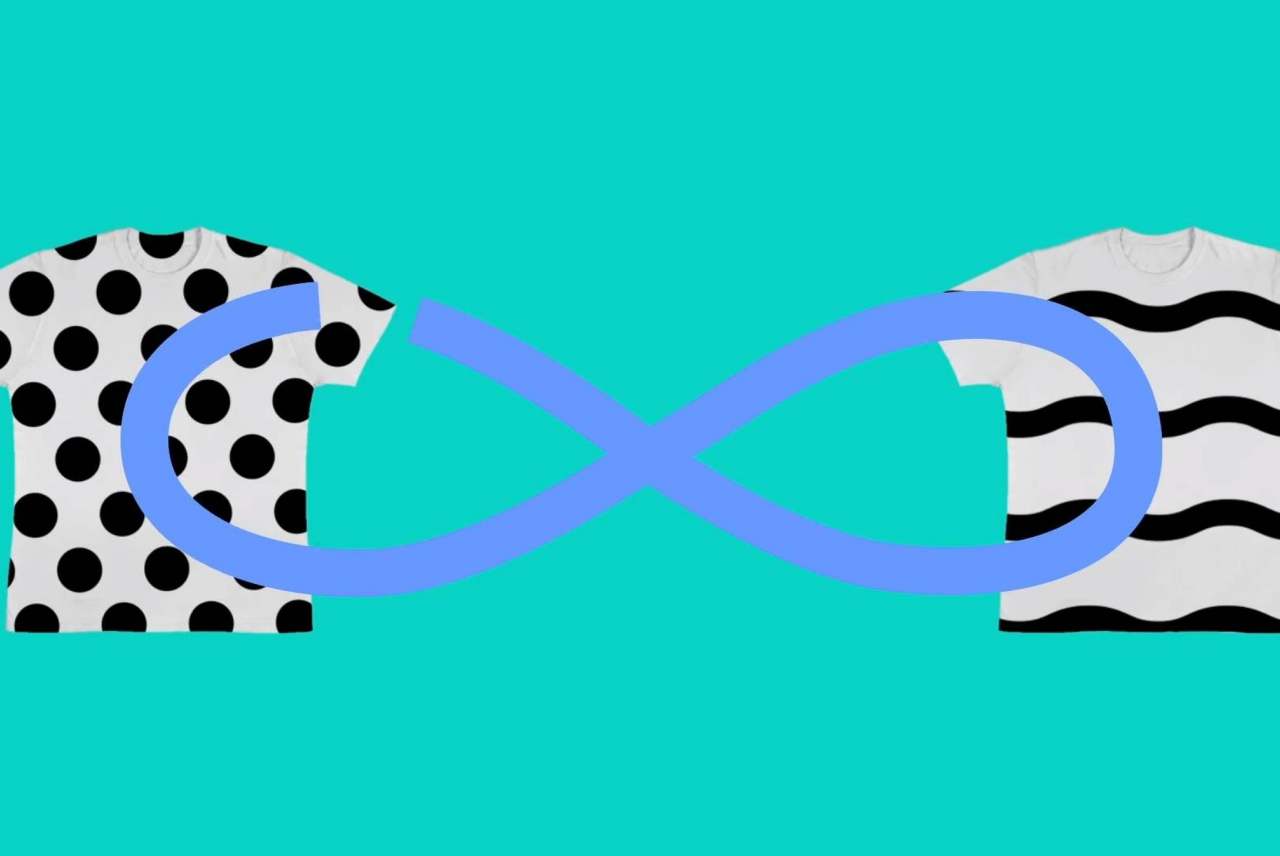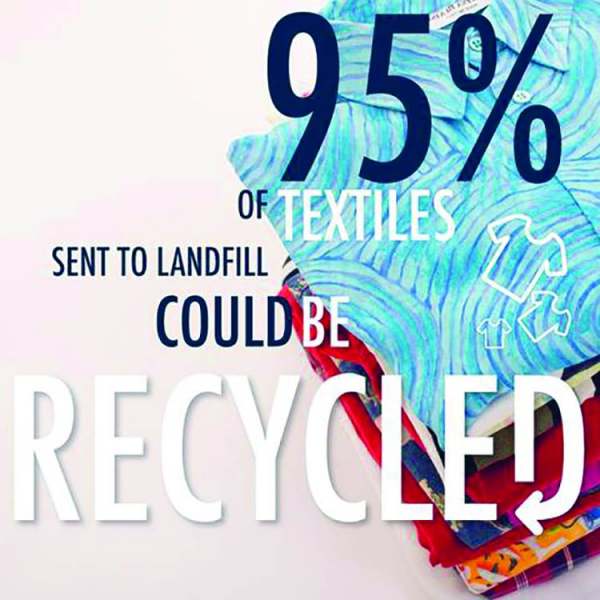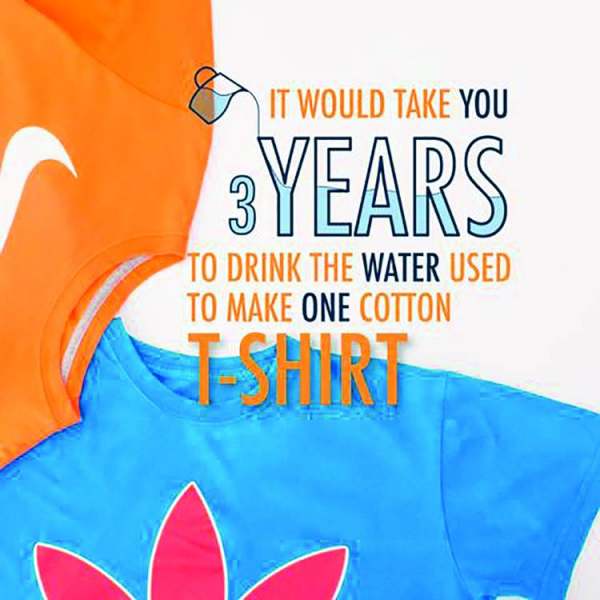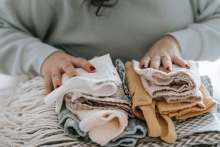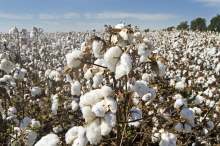Film, podcast and Government recommendations related to this topic can be found at the end of this page.
Recycling and local collections
Local clothing recycling options usually include:
- Local charity shops
- Recycling bins situated in car parks
- Community recycling hubs
- Boxes in retail outlets
- Cash-for-clothes businesses
Some local authorities provide household kerbside textile collection services which are then passed onto textile recycling companies. Information about collections are found on local authority recycling websites.
Is there anything that can't go in a recycling clothing bin?
It is always good to check what the recycling bin says it accepts before you deposit anything. Recycling bins require you to put clothing in plastic bags to protect them. Small mammals and insects can find their way into the recycling bins, therefore it’s important to ensure clothing donations are protected to some degree.
If the deposit entrance of the recycling bin is kept open or textiles forced into it, rain can also leak into the bins. If our clothing donations become damp in the recycling bin, they need to be destroyed.
A good tip is to keep a bag hanging up in a dry cupboard for small, worn-out garments such as cotton socks and pants. Not all charity shops or bins accept these rag bags, but it is always worth asking. They can sell them to textile recycling companies to be recycled into industrial cleaning rags for heavy industry.
